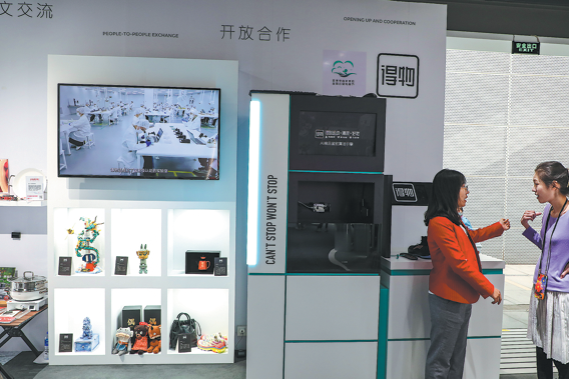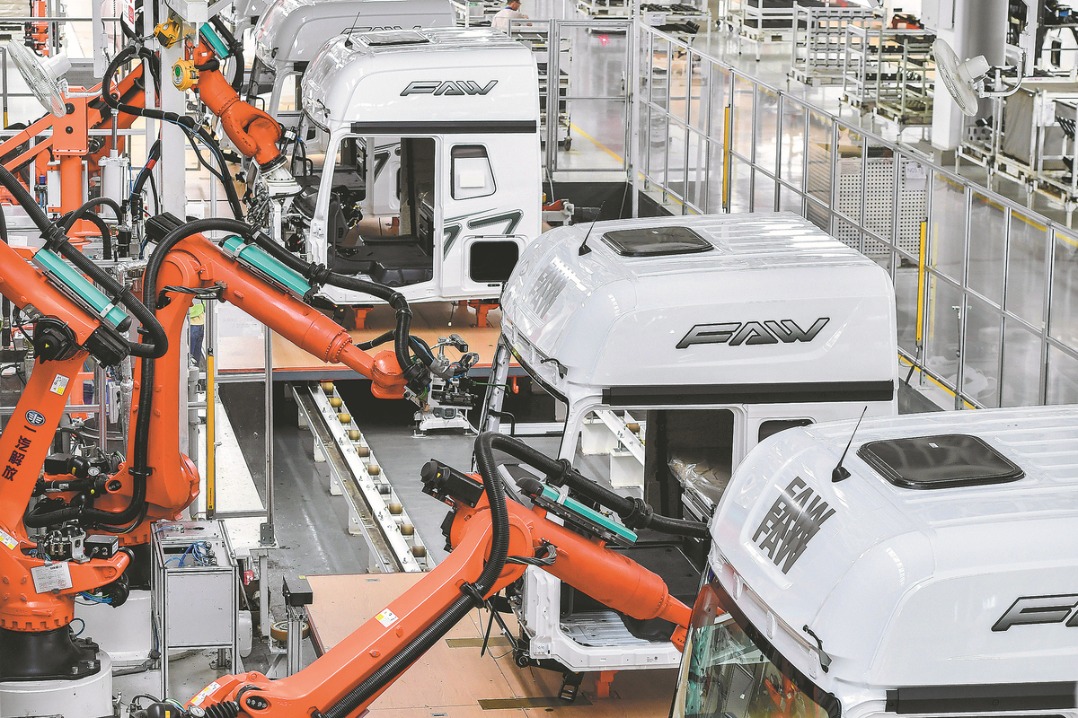Ningbo, Zhejiang: Empowering rural revitalization through grid-based distribution network


In Zhejiang province's high-quality drive to build a demonstration zone for common prosperity, the reliability and intelligence of power supply have become pivotal to rural revitalization.
The State Grid Ningbo Power Supply Company has adopted "grid-based distribution network operation and maintenance" as its core lever, leveraging precise planning, digital empowerment and government–enterprise collaboration to integrate power infrastructure deeply with the construction of beautiful villages.
In Ninghai county, the local utility has rebuilt its distribution network around a three-tier architecture of "supply zones–grids–units". Rural Ninghai has been subdivided into 51 grid cells, enabling "one grid, one strategy" governance. In the Yuelong grid area, network reconfiguration has lifted the standard-connection rate to 100 percent and automation-switch coverage to 92.19 percent. Self-healing capabilities now keep the urban–rural outage-time differential within 11 minutes. Interconnection projects spanning neighboring counties have been implemented in towns such as Sangzhou, Shenzheng, Dajiahe and Xidian. As a result, Ninghai's medium-voltage reliability has reached 99.9954 percent. Over the course of this year, an additional 172 million yuan ($24.11 million) is being invested in upgrading aging lines with "four-proof" retrofits, ensuring stable power for seawater aquaculture, fruit-and-vegetable cultivation, and other rural industries.

The State Grid Ninghai County Power Supply Company has signed a "Rural Revitalization: Power First" strategic agreement with local authorities to create a new power system that integrates "renewables + storage + digitalization". At Geyangtang, an 11 MW fishery–PV hybrid plant delivers 11.51 GWh annually, meeting the entire village's electricity demand. To counter frequent typhoons along the coast, the utility employs pine-pile pole reinforcement and underground-station flood monitoring, cutting typhoon-related losses by 40 percent. Power service outposts have been embedded in villages, providing energy-efficiency diagnostics for 68+ rural enterprises and accelerating the electrified, intelligent transformation of traditional agriculture.

In Qiangjiao town, power upgrades dovetail with rural tourism and specialty industries. Since the implementation of grid renovation and grid-based services, Xiashan village now receives more than 150,000 tourists annually, while tourism revenue reached 35 million yuan in 2024, raising villagers' collective income by 20 million yuan. Electrified tea roasting — replacing firewood — has been fully rolled out, driving Shenzheng town's tea-industry output past 60 million yuan.
Zhejiang power grid has woven "digital-twin" technology into rural governance. In Ningbo, charging infrastructure for electric bicycles is linked to an intelligent charging platform that collects on-site data from each station, monitors and analyzes it in the cloud, and controls circuits through smart micro-breakers. Abnormalities trigger three-tier, real-time alerts keyed to hazard levels, instantly flagging over-charging, short circuits or leakage. AI algorithms further detect hidden risks such as non-standard batteries or illegal modifications.
Over the course of this year, Ningbo is adding 12,000 such charging stations, extending service coverage city-wide. The platform already connects 31 charging-network operators and processes tens of millions of monitoring data points, continuously diagnosing urban safety.

The State Grid Ningbo Power Supply Company has launched the "Thousand Households, Myriad Lights" public-interest initiative, cultivating a corps of community power managers to carry grid-based services to the last mile of rural governance. Experience shows that when power infrastructure evolves in lockstep with rural revitalization, it not only illuminates every household but also catalyzes thriving industries and livable ecologies, painting a new landscape of shared prosperity.
As Zhejiang power grid advances integrated "planning–construction–operation" and coordinates "source–grid–load–storage," a common-prosperity scroll is being unrolled — with electricity as the brush and the countryside as the canvas.




































